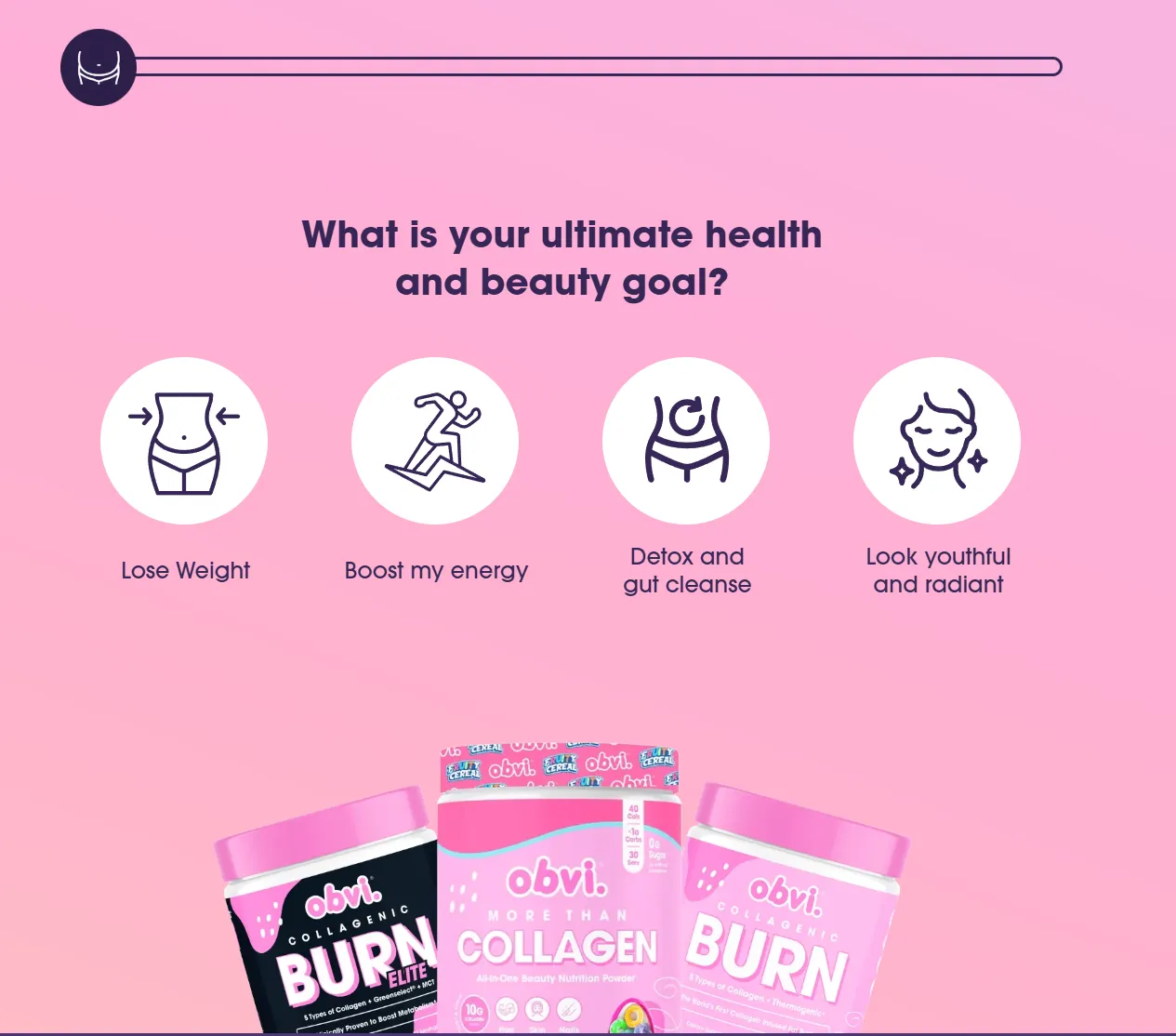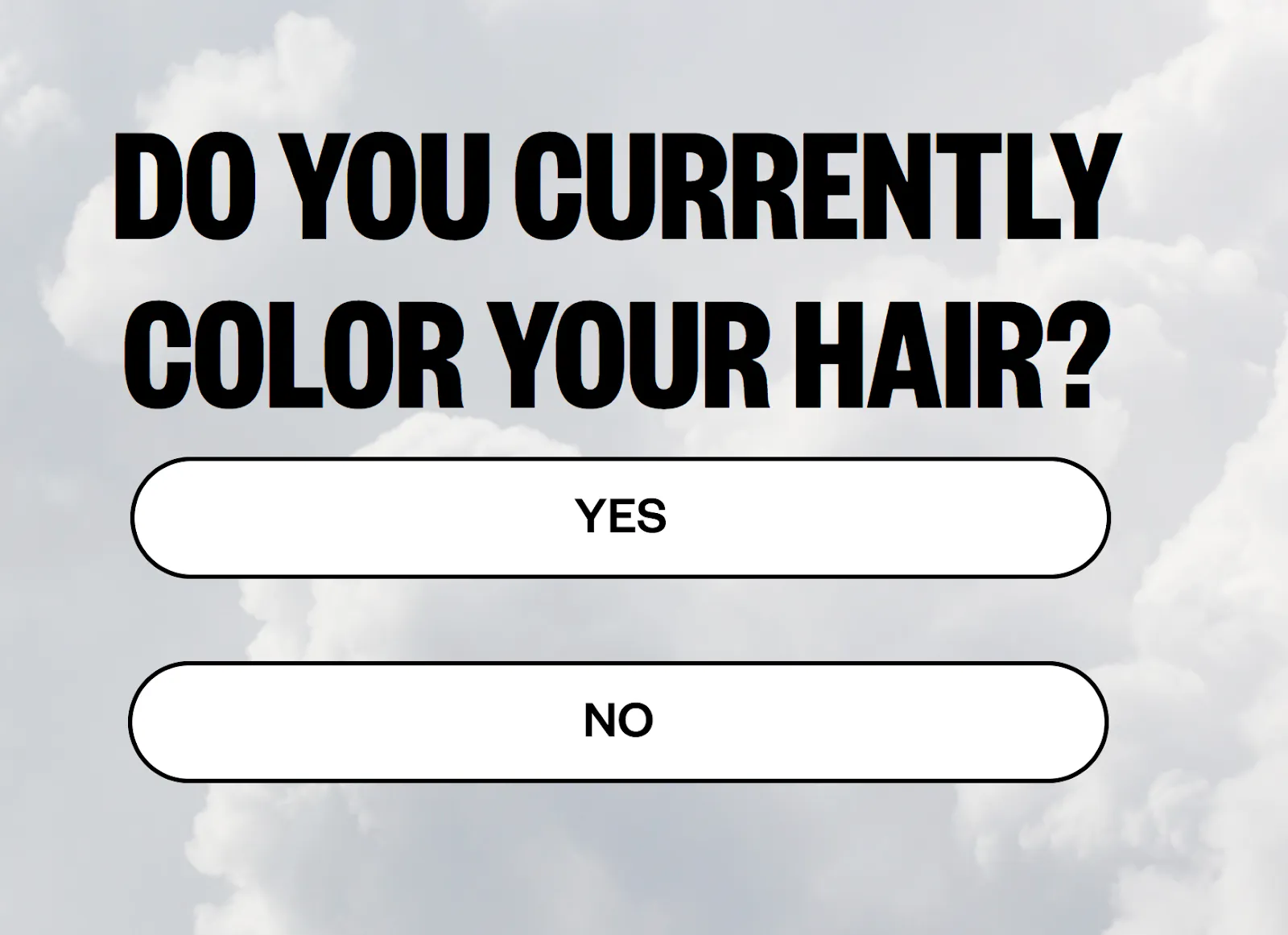March 3, 2025
Landing pages let you capture leads, launch products, grow your list and connect with audiences. Here are some of the best practices for building an effective landing page.

Are your landing pages leaving money on the table? The difference between a mediocre landing page and one that converts often comes down to a few critical elements most marketers miss.
In this guide, we’ll walk you through proven strategies that have helped eCommerce brands double—and sometimes triple—their conversion rates overnight. Whether launching a new product or trying to breathe life into a struggling campaign, these tested tactics will transform your landing pages from passive information dumps into powerful conversion machines.
Landing pages are website pages crafted with a sole mission – to convert visitors into leads or customers. In contrast to homepages that have multiple roles, landing pages concentrate exclusively on one particular goal, such as capturing email contacts, selling a product, or boosting registrations for an event. This singular focus underlines the efficacy of landing pages within the marketing funnel.
A high-converting landing page can successfully convert site visitors into leads or buyers. “High-converting” refers to its ability to generate results generally measured by conversion rates and user engagement levels.
For example, if 20 out of 100 visitors perform your intended action (such as completing a form or buying something), you have achieved a conversion rate of 20%.
Achieving good performance in terms of conversion with your landing page hinges on incorporating essential elements effectively. A well-constructed page presents an enticing headline, convincing copywriting, attractive designs, testimonials for social proofing, and customization options for users—all creating an experience that fluidly nudges them towards taking the desired step forward.
Their effectiveness of landing pages lies in offering a targeted purpose and explicit call to action. If there’s harmony between the message of an advertisement and its corresponding landing page, the chance of conversion is higher. This alignment not only increases PPC ads’ quality scores but also elevates search rankings while reducing expenses—boosting your campaign’s cost-efficiency.
Let’s look at the eCommerce industry. You could point ads to a landing page for a product based on your assumptions of what the customer is looking for. Or you can point them to a landing page with a quiz that helps customers find the best product suited to their needs.
For example, Obvi’s landing page for their product recommendation quiz asks users about their ultimate health and beauty goal. This is a great way to increase conversions because it gets the user directly involved in finding the product that’s the right fit for them.

By aligning with distinct marketing campaigns effectively, landing pages ensure consistent, tailored messaging that resonates with prospective clients. For instance, a well-crafted landing page for an email promotion might boost engagement by enticing visitors to exchange information for valuable content or offers—a key strategy for gathering data.
Crafting multiple specialized landing pages allows firms to address varied customer segments more precisely—thereby improving both visitor involvement and chances of conversion through personalized experiences which make users feel understood and catered to as they’re encouraged toward taking the desired step.
Now it is time to explore what ingredients compose these potent landing pages—the elements crucial for driving such efficacy in channelizing user actions.
Creating high-converting landing pages transcends mere aesthetics. It entails deliberately organizing and styling key features that propel conversions within a well-crafted landing page design.
The true effectiveness arises when crisp, concise messaging dovetails with corresponding advertisements to fulfill visitor anticipations.
Focus is directed towards crucial components such as:
The first element that captures the attention of visitors on your landing page is the headline, and it needs to make an immediate impact. A strong landing page headline must be succinct yet effective in conveying what’s being offered to instantly draw in potential customers. Consider a direct and motivating example like “Boost Your Sales by 50% with Our Marketing Software,” which clearly encourages Exploration.
Incorporating relevant keywords within your headlines can improve both search engine findability and user interaction. Using verbs such as “discover,” “boost,” or “save” inspires visitors towards prompt engagement.
Subheadlines serve to enhance the primary headline, offering additional context and specifics. They break down content into manageable pieces for ease of comprehension, quickly clarifying the value proposition for readers.
Experimentation with various headlines via A/B testing offers valuable insights about audience preferences, enabling continuous refinement of language to optimize visitor engagement and conversion rates across blog posts.
Ultimately, a compelling goal is pivotal: captivate users’ focus, succinctly articulate your offer’s benefits, and navigate visitors toward taking action through strategic link building alongside numerous calls to action.
The design and configuration of a landing page are pivotal for its success. Directional cues within the visuals can effectively steer a visitor’s focus towards important content and calls to action, such as arrows or highlights that point out the CTA button for prominence. A thoughtfully designed page layout with engaging visual elements is key in capturing user interest and fostering interaction.
In the case of IGK, they made their quiz page start off with a simple question: Do you currently color your hair? By making it simple and easy, there’s less confusion for the customer.

Incorporating social proof and trust indicators on your landing page can greatly enhance the confidence of visitors in your brand. Testimonials that include genuine personal details, like a customer’s photo, full name, and specific outcomes from using your service or product, are far more convincing than ambiguous praise.
Featuring well-known client logos quickly conveys credibility to potential customers viewing your page. The presence of established company logos establishes immediate trust with visitors as it implies endorsement by those entities. Social proof plays a significant role in influencing purchase decisions, especially in highly competitive markets where establishing trust is vital for standing out.
Strategically placing testimonials and reviews on the landing page bolsters its persuasive power towards potential purchasers. Position these elements so they’re prominent—adjacent to the CTA button or amidst core content—to optimize visibility. These endorsements act as critical factors swaying users between simply exploring the site and taking action to engage with what you offer.
Incorporating personalization into landing pages can boost their relevance, causing visitors to perceive the content as customized for their unique requirements. When a page resonates with an individual’s own traits—like their behaviors or preferences—it fosters increased interaction rates. For example, crafting a personalized headline that zeroes in on a visitor’s specific pain point may resonate more effectively than widespread messaging.
Adjusting offers and calls-to-action to align with user conduct and inclinations is key to escalating engagement and improving conversion ratios on these pages. Dynamic content adapting in response not just to actions but also to data pertinent to the visitor furnishes them with an experience tailored specifically for them. Presenting various product features influenced by the visitors’ past engagements heightens the relevance of your offering on said page.
Studies have demonstrated that personalized versions of these pages boost conversions by as much as 202% compared to non-customized counterparts. Implementing A/B testing for different personalized components facilitates refining performance. Understanding which iterations generate superior outcomes improves effectiveness exponentially. By grasping distinct audience segments coupled with leveraging dynamic material, one can engineer landing pages that genuinely engage target audiences.
Creating landing pages that effectively convert visitors into customers necessitates a harmonious combination of aesthetic appeal and precise methodology.
The enhancement of landing page performance often hinges on utilizing the right tools. We’re a little biased, but one of the best ways to improve landing page performance is with Digioh.
Here’s what our platform offers:
Want to see Digioh in action? Book a demo and see how Digioh can help improve your sales.
Zero consumption based pricing with zero limits allows your brand to deploy Digioh across your entire marketing funnel.
book a demo
